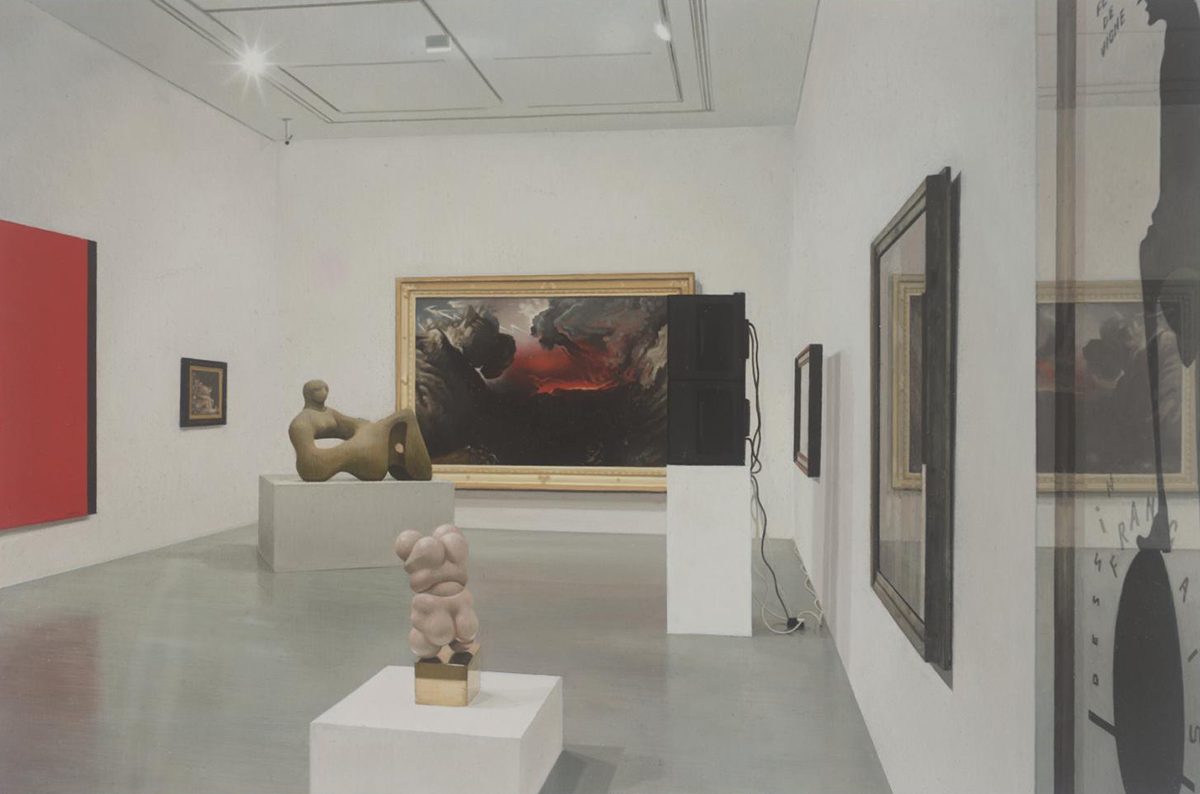April Fools’ Day is celebrated on the first day of every April. Despite the many speculations as to its origins, it continues to be a fun day of trickery worldwide. While much of visual art is serious and meaningful, a lot of it is fun too! Art can be quite tricky, especially when we look at the technique of trompe-l’œil, otherwise known as “trick of the eye.”
Trompe-l’œil has been employed by artists for centuries and is “celebrated as the art of illusion in antiquity.” In the second half of the 20th century, photorealism and then hyper-realism emerged on the art scene, applying ideas rooted in trompe-l’œil. In the 1960s, artists tried to make their paintings look just like photographs with photorealism. In the 1970s, with hyper-realism, artists aimed to make more art forms, including sculpture, look as close to life as possible. Photorealism made a comeback in the 1990s with the advances in digital photography. While trompe-l’œil techniques are no longer used in paintings as frequently as they once were, they are still being applied to sculpture, installation, and sculpture-based photography.
Let’s see if we can fool you and your students! Examine the ten artworks below and see if you can identify them. Is it a photograph, painting, or sculpture?
1. Tate New Hang 6 by Andrew Grassie, 2005
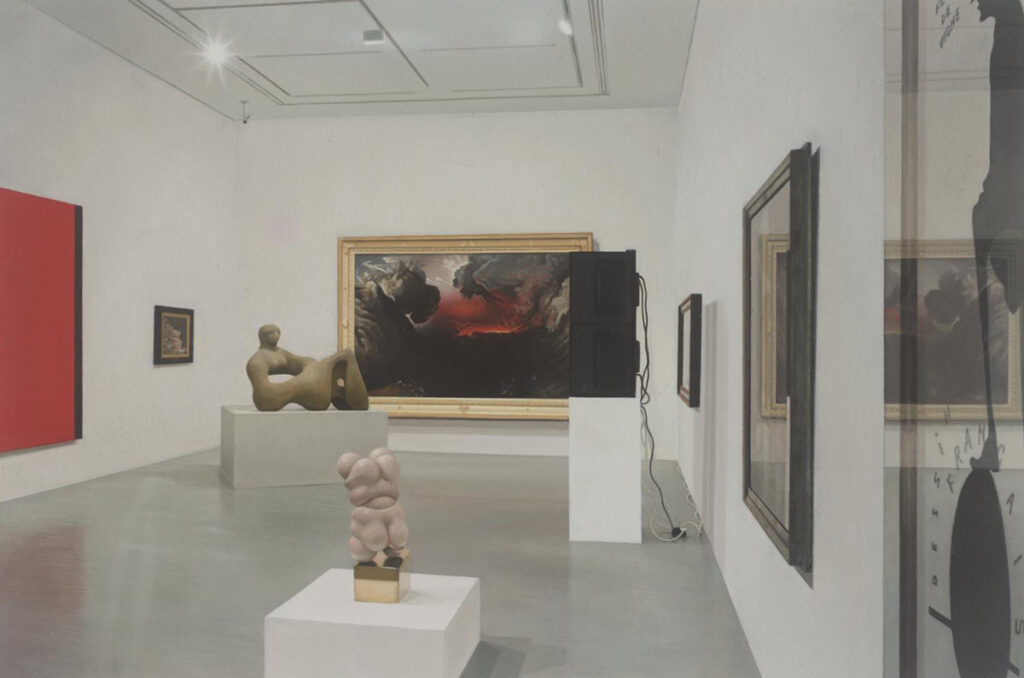
This specific piece is a tempera on paper painting. New Hang is a series of thirteen small paintings. Each painting depicts a viewpoint of the Tate, where these paintings are exhibited. The crazy part is if you were to look at one of Grassie’s paintings, you would be looking at a scene of the room you are standing in. In creating this “double space,” Grassie challenges the viewer’s sense of reality and environment.
2. Greer and Robert on the bed, NYC by Nan Goldin, 1982
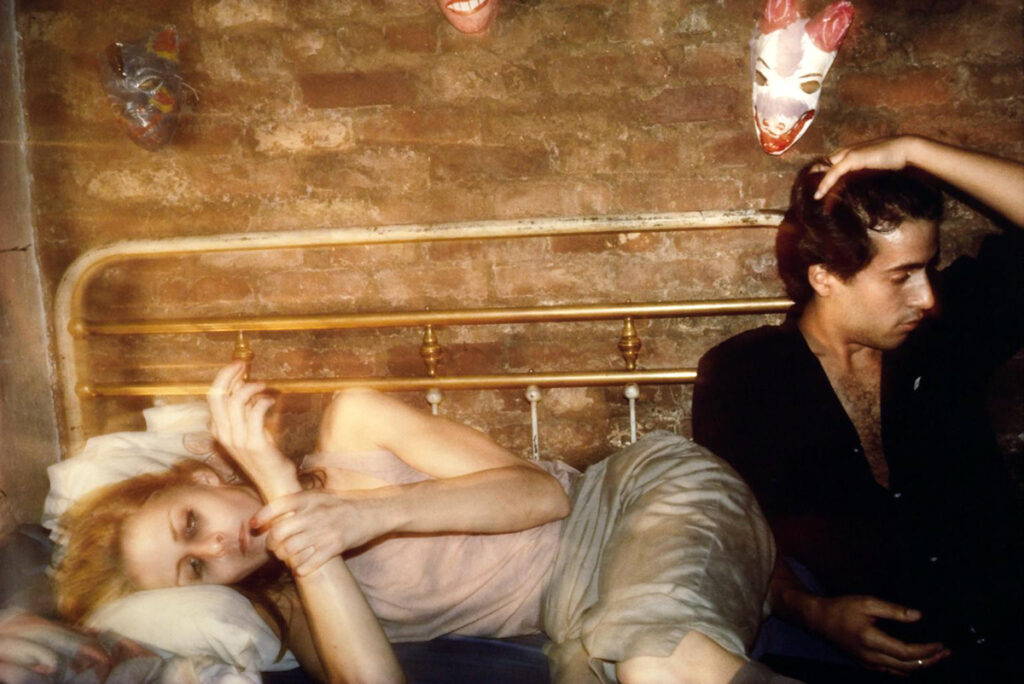
For those of you that recognized Goldin’s name, you would probably be able to guess this is a photograph—and you would be correct! The photo is blurry, which gives it a painterly quality. The couple portrayed in this photo represent the raw realities of love and separation between two people.
3. Trompe-l’oeil Still-Life by Samuel van Hoogstraten, 1666–1678
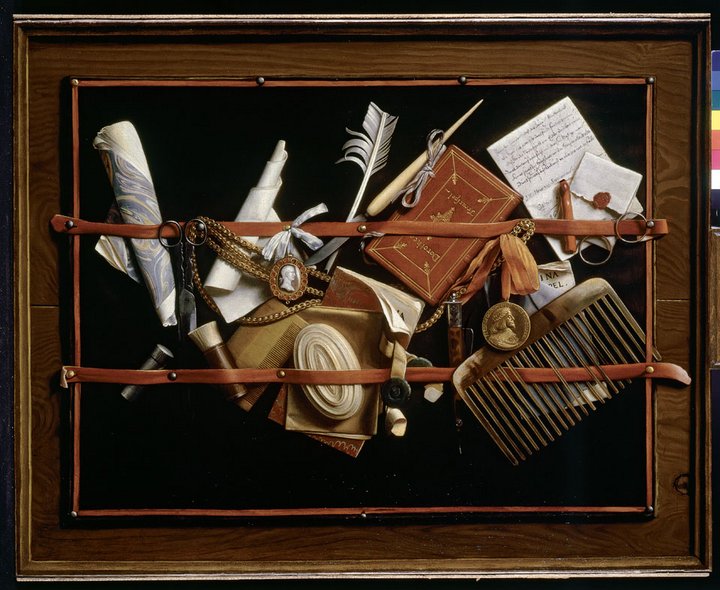
This oil on canvas painting looks like objects strapped to a canvas, about to burst loose and fall on the floor! Hoogstraten was a Dutch painter who also wrote poetry and worked on art theory.
4. Untitled 13 by Barbara Kasten, 1979
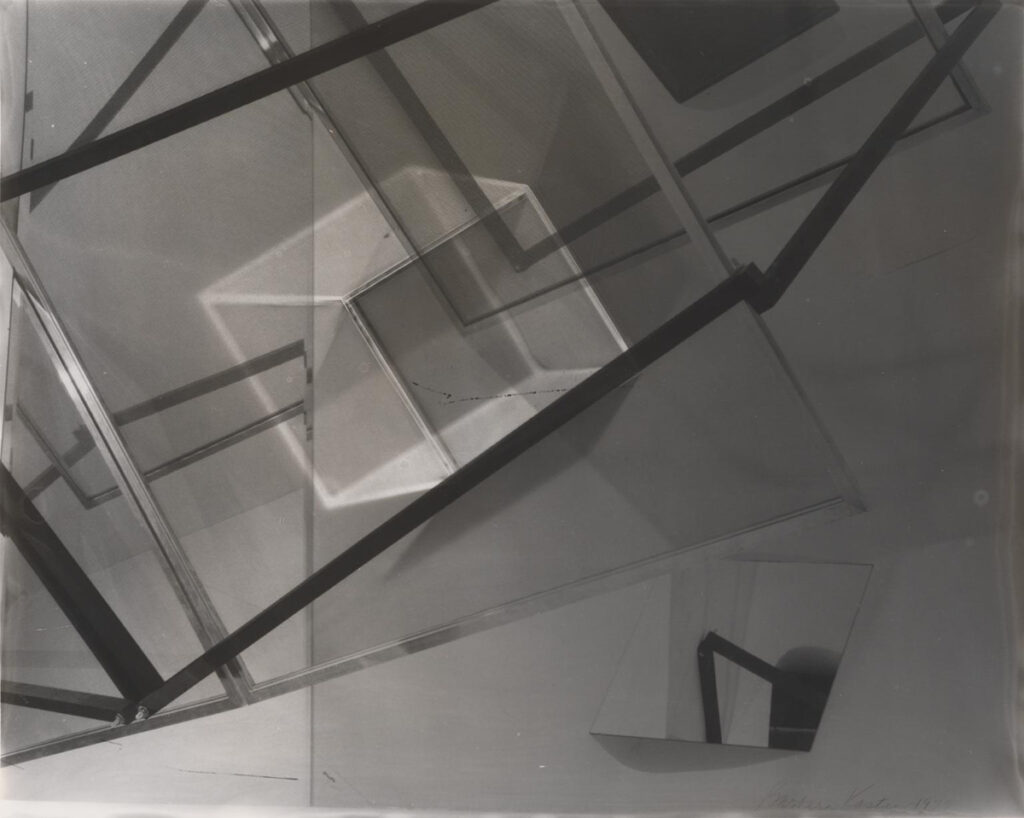
This soft, grayscale piece looks like it could be a well-blended graphite drawing. Would you be surprised to know it is a gelatin silver print on paper? Kasten was trained as a painter, so her exploration of the relationship between painting and photography makes sense. For this particular series, Kasten built structures out of wire, mirror, and paper, then photographed various compositions.
5. Andreas e Mattia by Maurizio Cattelan, 1996
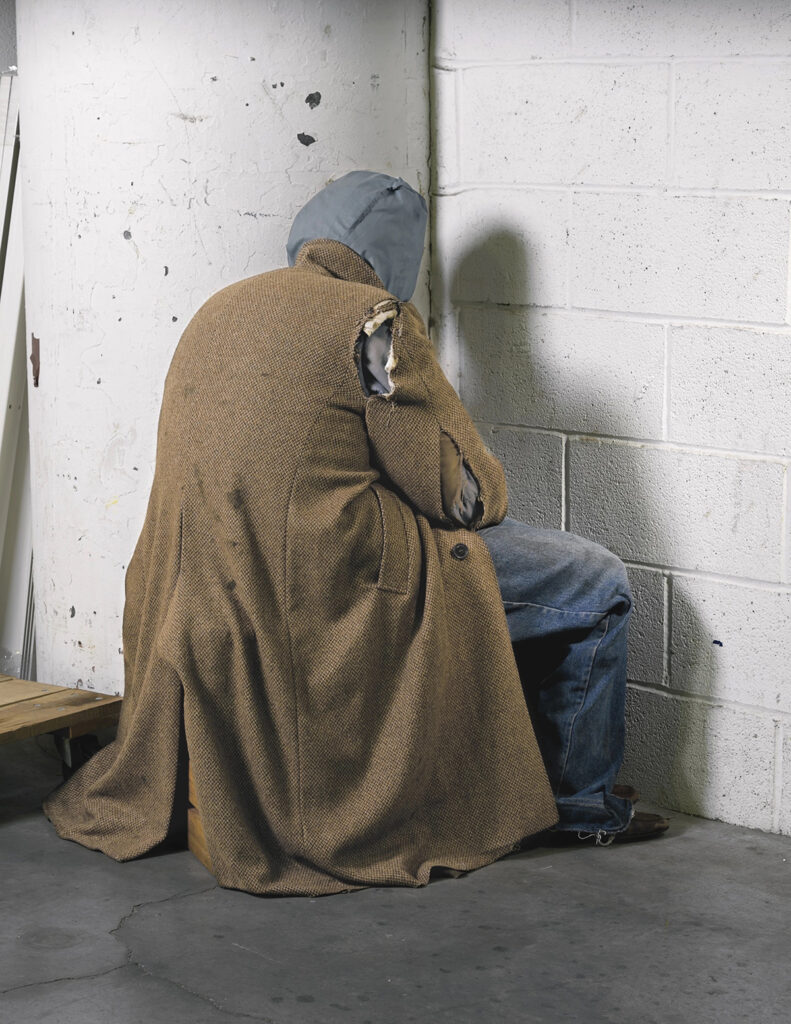
This sculpture made from stuffed clothing and shoes deceptively looks like a candid street photo. Cattelan loves to make art that questions how we view the world around us and pushes us to reconsider the norm. Like many of his artworks, this particular figure became a social experiment. When some people saw the figure on the side of the road, they got upset and called the police. Others put signs on the figure that made pointed statements about local tuition increases.
6. Untitled by Richard Estes, 1973–1974
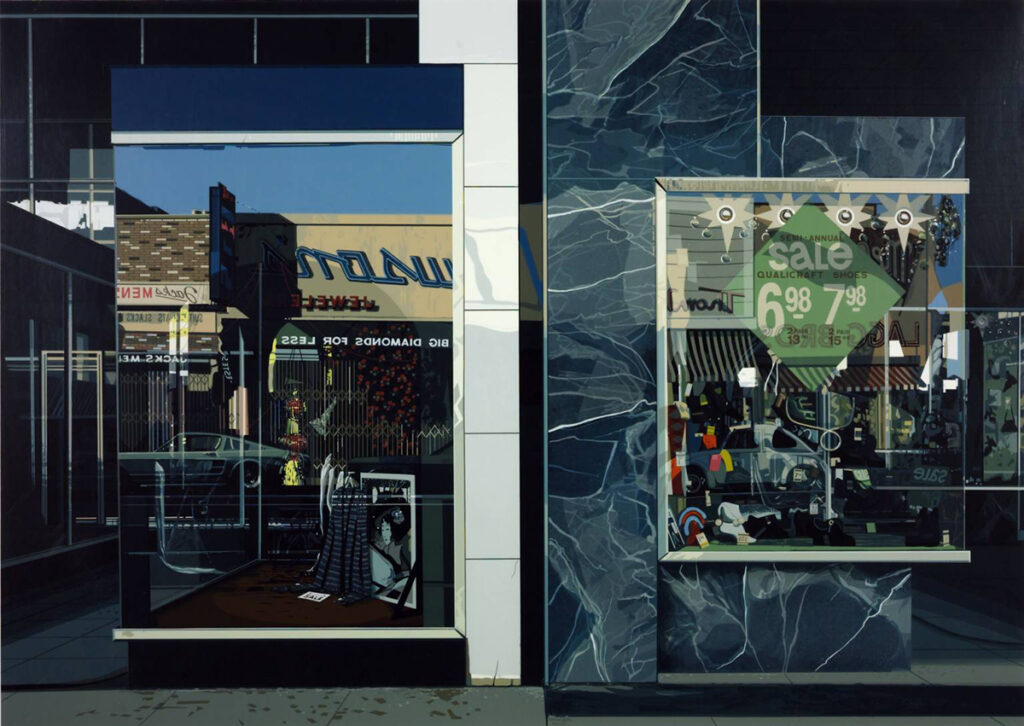
These screenprints on paper are incredibly detailed—especially with all of those reflections! Estes is known for his photorealistic cityscape paintings, made possible by advances in photography.
7. John by Chuck Close, 1971–1972
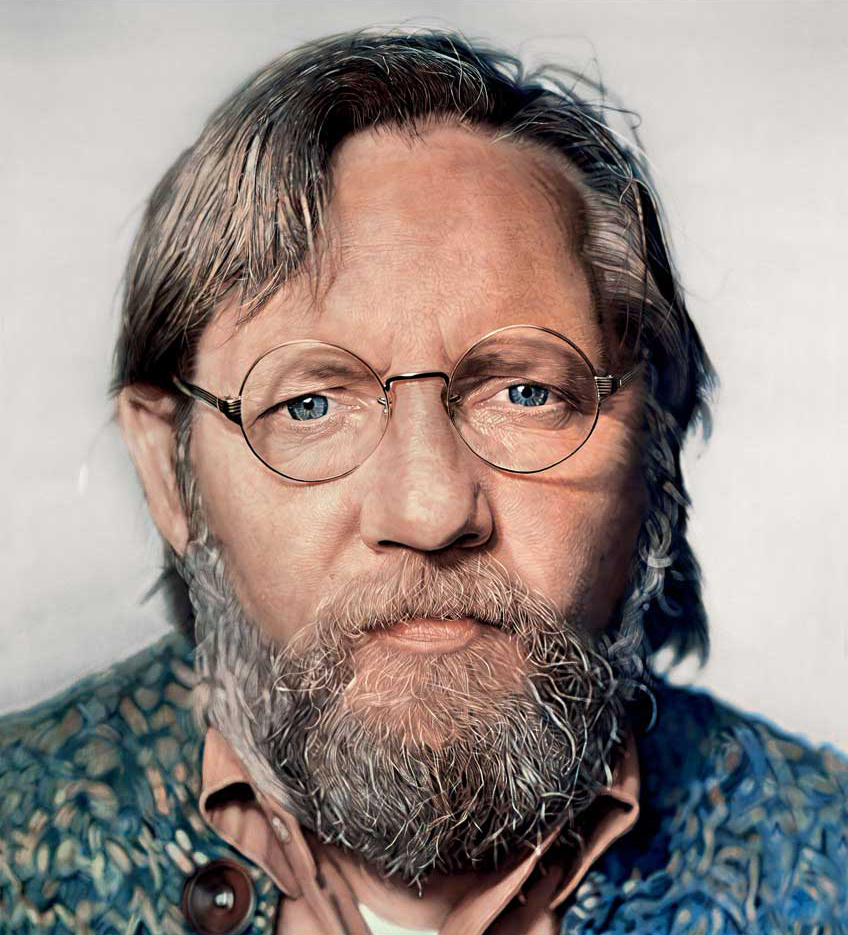
This exquisite acrylic portrait has details to make you look at least twice and your jaw drop at least once. Like most of Close’s work, its sheer size of over eight feet consumes the viewer’s frame of vision.
8. Lichtung/Clearing by Thomas Demand, 2003
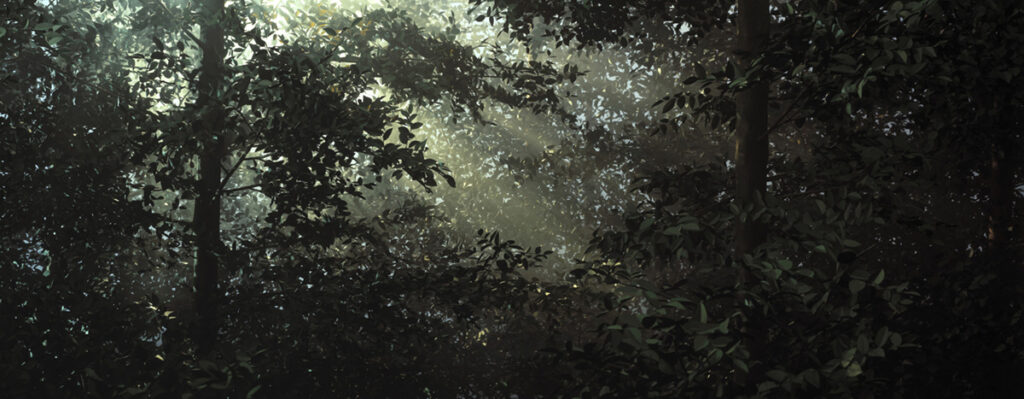
This looks like a photograph snapped in nature; however, it is a photo of a detailed, artificial set. Demand’s team of thirty people handcrafted each leaf using floral wire, rolls of carpet, and 280,000 pieces of colored paper. Demand creates other elaborate cardboard and paper room environments, such as office spaces, that are also documented through photography.
9. Detail of Untitled (Tate) by Peter Fischli and David Weiss, 1999–2000
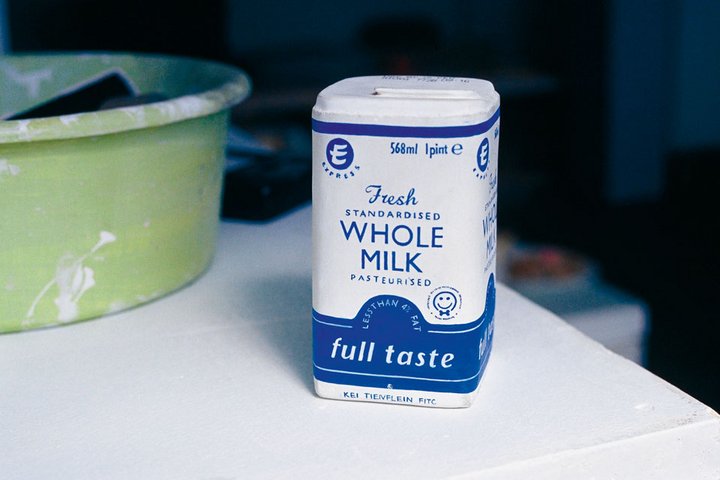
This little sculpture is carved and painted polyurethane. It is part of a larger, room-sized installation. The room is filled with polyurethane sculptures that resemble the everyday objects you would find in an artist’s studio space. Viewers enter the exhibit and are immediately confused. Why be allowed in a room clearly under construction with scattered art supplies?
10. Anne of Cleves by Hiroshi Sugimoto, 1999
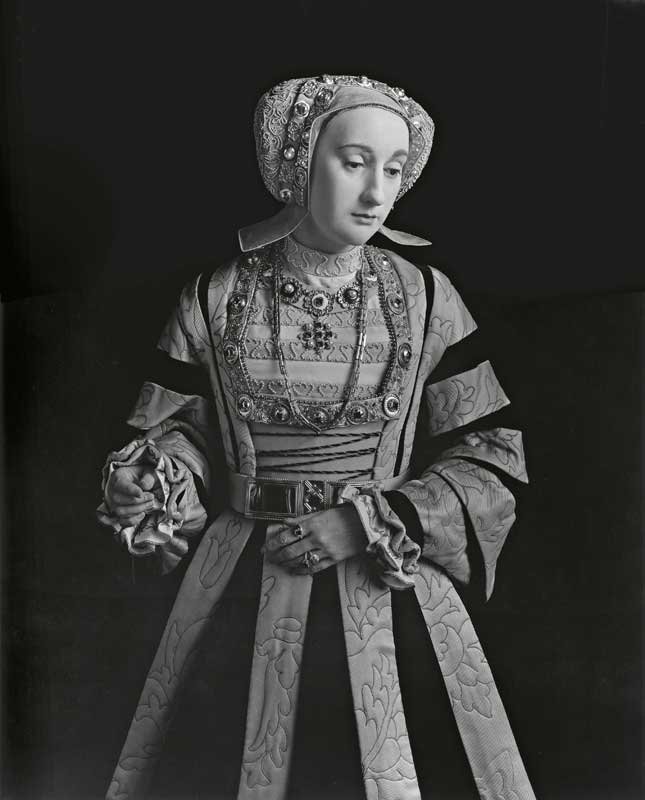
Although the final artwork is a gelatin silver print, it is a photograph of a wax sculpture. Sugimoto began his Portraits series in the late 90s and recreated lifelike wax replicas of famous figures. The resulting photos give a nod to Rembrandt-inspired portraits through composition and lighting.
This compilation is just the tip of the iceberg when it comes to artworks that employ trompe-l’œil. Grownups and students alike are fascinated with things that defy reality and challenge reality as we know it. Show these artworks to your students for a fun activity. Or use the artworks to grow your repertoire of fun artists. Whichever you choose, we hope you have a Happy April Fools’ Day!
Which artwork fooled you or your students?
What tricky artwork would you add to this list?
Magazine articles and podcasts are opinions of professional education contributors and do not necessarily represent the position of the Art of Education University (AOEU) or its academic offerings. Contributors use terms in the way they are most often talked about in the scope of their educational experiences.
